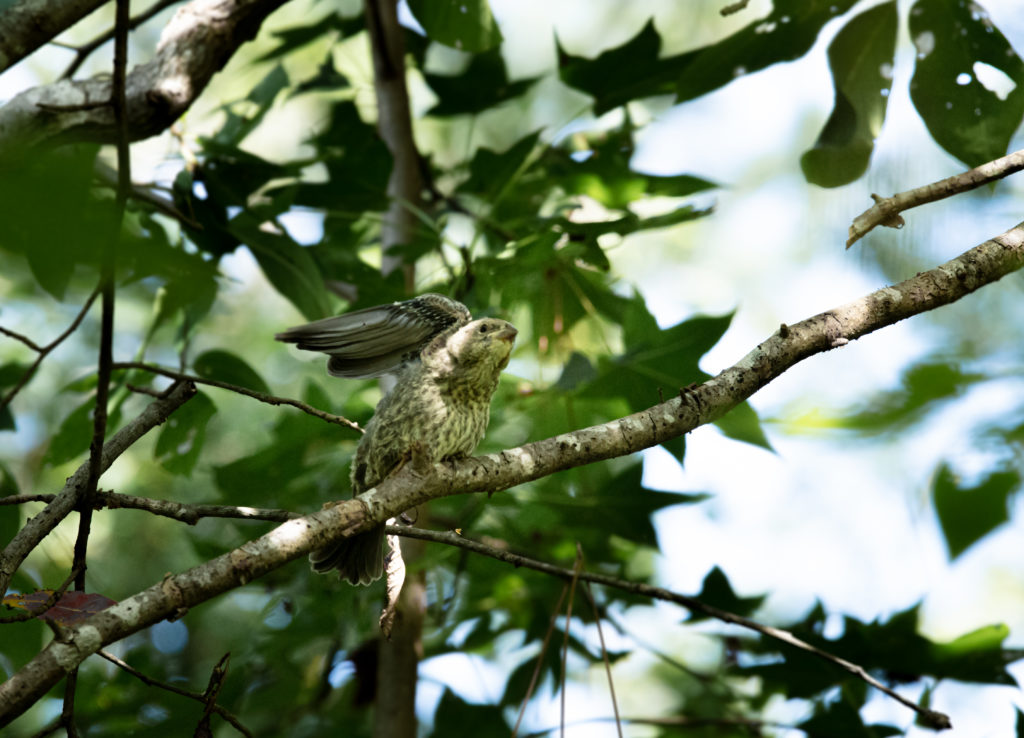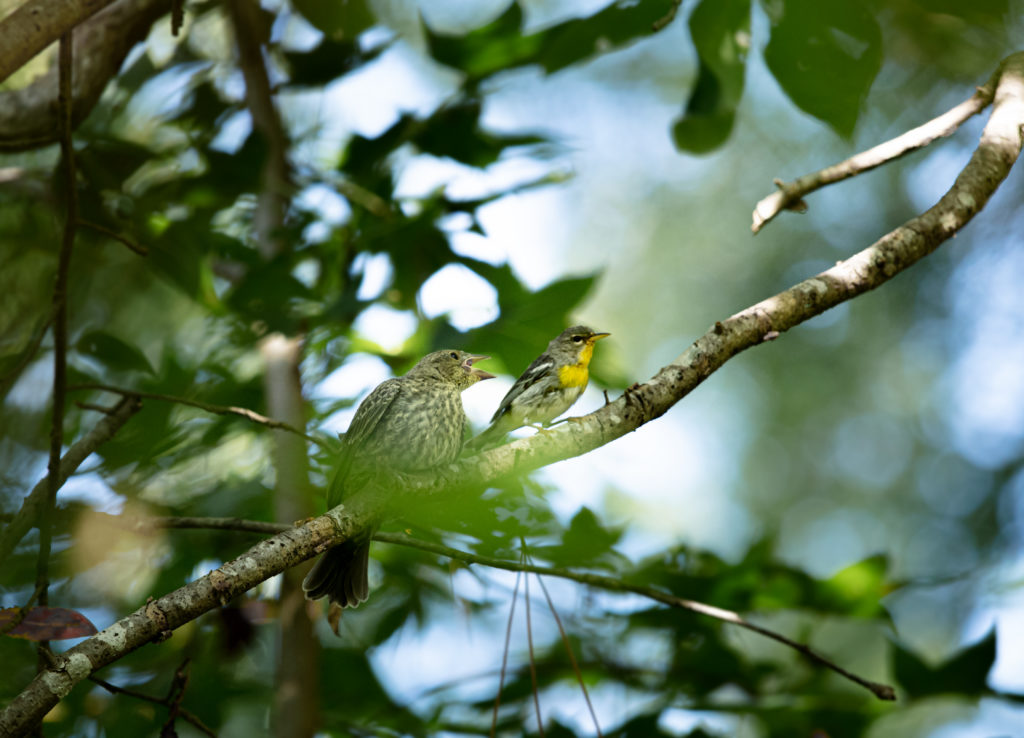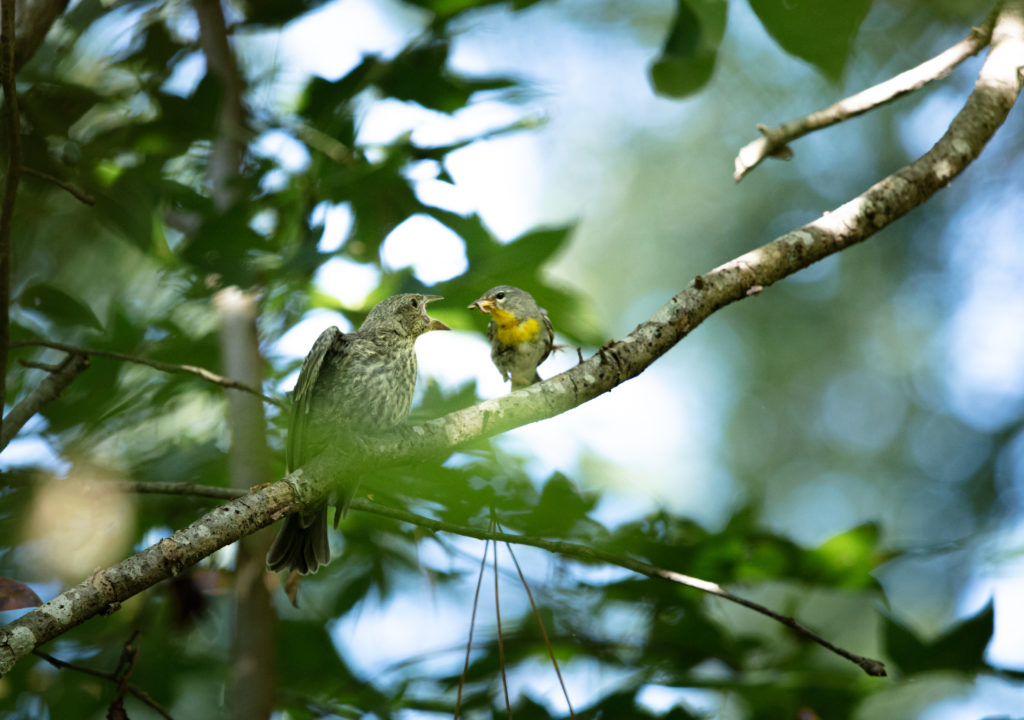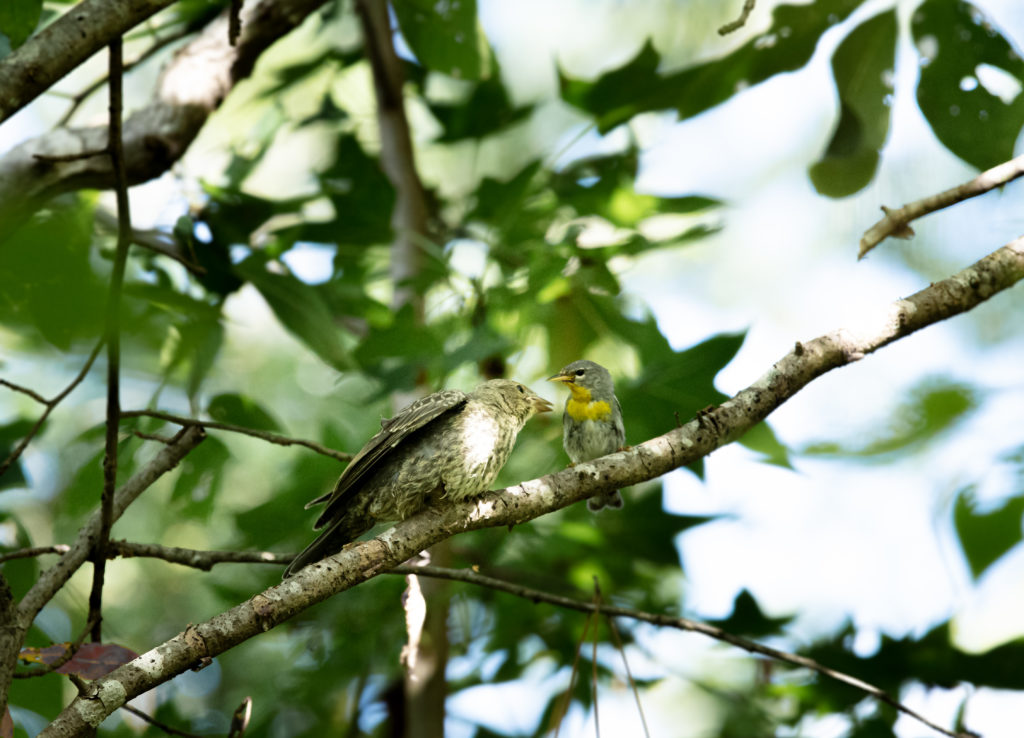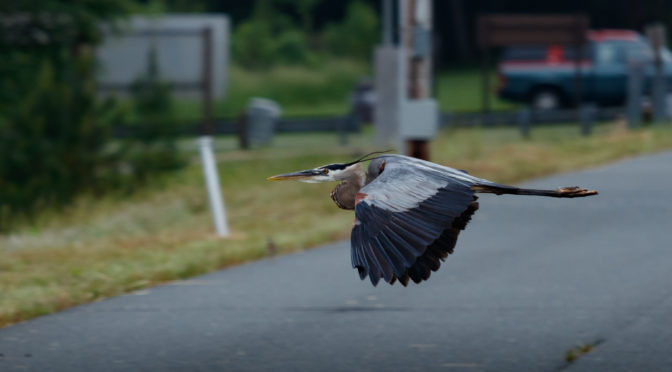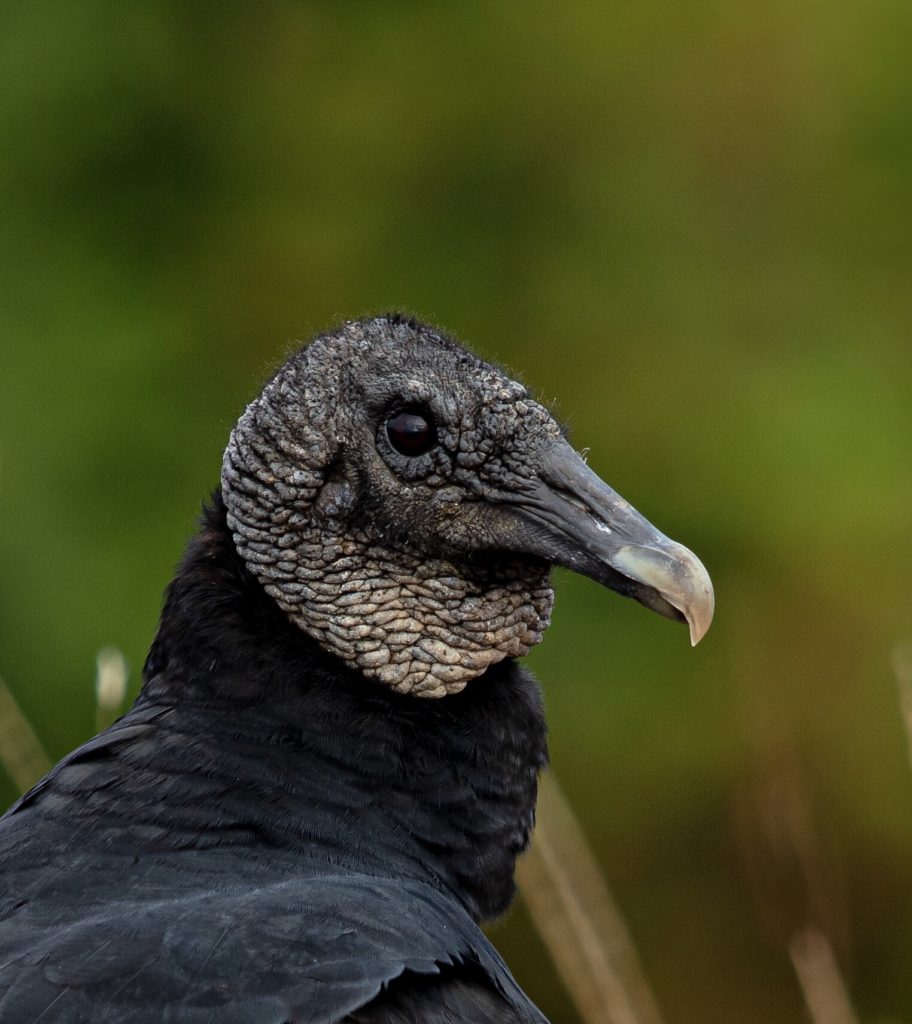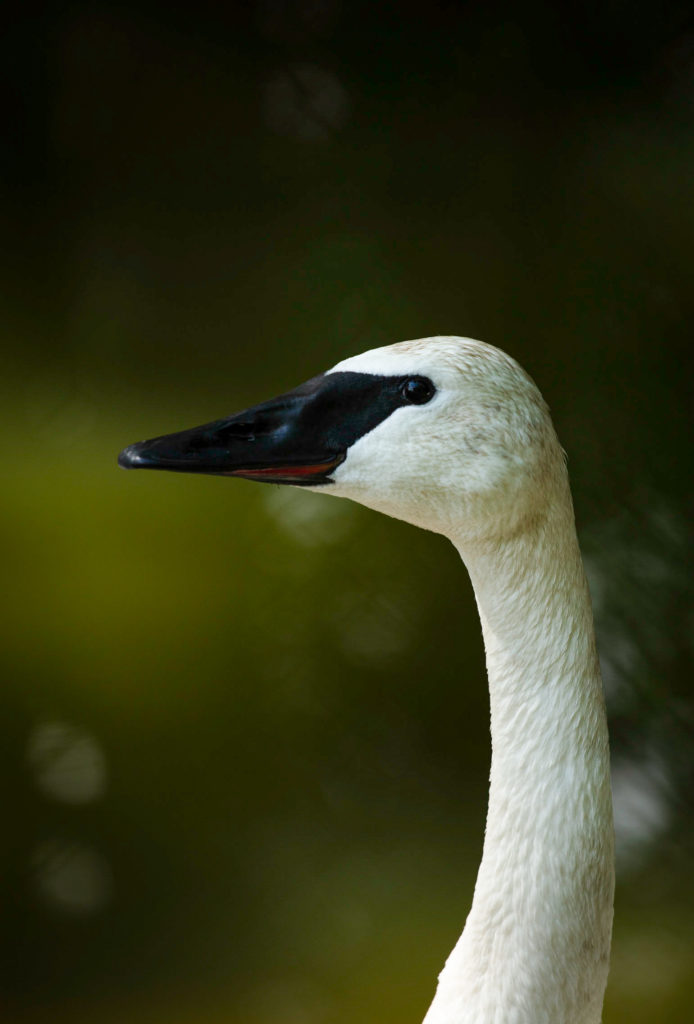
Hi, Bill Jackson here,
travel and nature photographer in the Raleigh-Durham area. I have been
busy exploring some beautiful places in North Carolina since my recent
relocation from Puerto Rico.
This particular photo was taken on the west side of Shackleford Banks
just before sunset. Since the plumage was more textured than I would
expect, I consulted with a friend that knows a lot about birds, and she
indicated that it appears to be a Ring Billed
Gull or maybe a Laughing Gull that may be coming out of its breeding
plumage. She wasn’t 100% certain as species of gulls are sometimes
difficult to specify, and there is the possibility that this bird
resulted from cross-breeding since the gulls have been
known to do that. Certainly news to me and happy to have had the
assistance of someone that knows a lot more than me!
Be sure to check out my site for more bird, wildlife, and travel photos at
www.BillJacksonImages.com. You can also find me on Facebook and Instagram.


